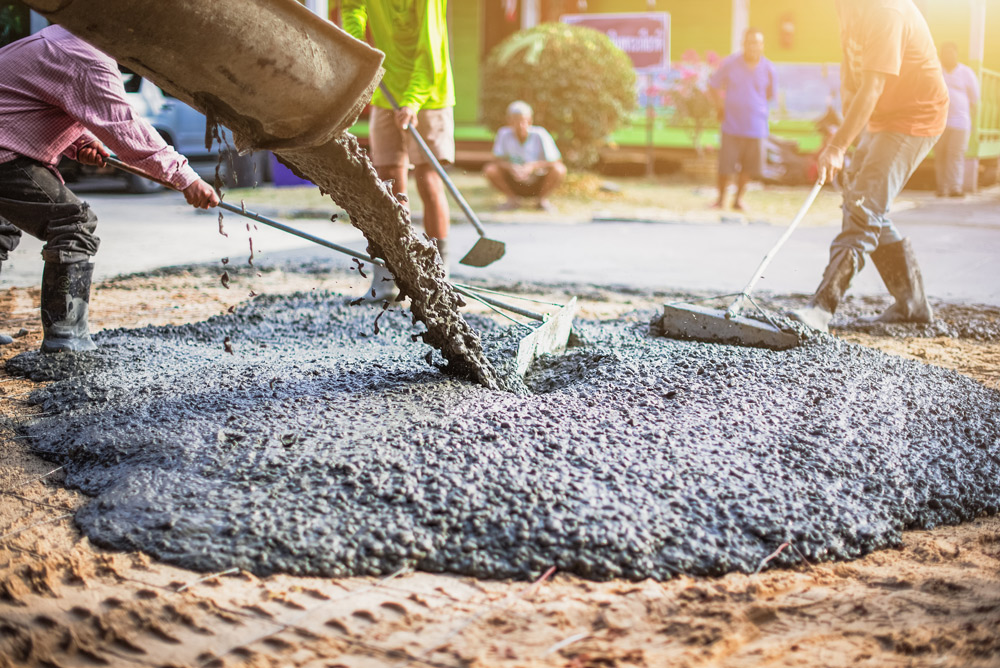Concrete has long been hailed as the backbone of modern infrastructure, providing strength and durability to countless structures around the world. However, traditional concrete production methods have significant drawbacks, including high carbon emissions, limited availability of raw materials, and a lack of long-term durability. In recent years, a promising alternative has emerged: geopolymers. Geopolymers are transforming the concrete industry by offering a greener and stronger alternative to conventional concrete. In this blog post, we will explore how geopolymers are helping make concrete stronger while addressing sustainability challenges.
Understanding Geopolymers:
Geopolymers are a class of materials that can be used as a binder in concrete production. Unlike traditional cement, which is primarily made from limestone and requires a high-temperature process to produce, geopolymers are synthesized from industrial by-products or naturally occurring materials, such as fly ash, slag, or metakaolin. These materials contain high levels of amorphous silica and alumina, which are essential components for geopolymerisation.
The Strength Advantage:
One of the most significant benefits of geopolymers is their exceptional strength characteristics. Geopolymers exhibit superior compressive and flexural strengths compared to conventional concrete, making them ideal for a wide range of applications. This enhanced strength is attributed to the formation of a three-dimensional network of geopolymeric bonds, resulting in a highly dense and compact structure. The chemical reaction that occurs during geopolymerisation creates strong, covalent bonds that contribute to the material’s excellent mechanical properties.
Enhanced Durability:
Geopolymers also excel in terms of durability, outperforming traditional concrete in several key aspects. They exhibit excellent resistance to chemical attack, reducing the risk of degradation caused by harsh environments or exposure to aggressive chemicals. Geopolymers also have a low permeability, minimizing the ingress of water and harmful substances. This property helps protect the embedded reinforcement from corrosion, leading to improved longevity and reduced maintenance costs for concrete structures.
Reduced Carbon Footprint:
The production of traditional Portland cement, a key ingredient in conventional concrete, is responsible for a significant portion of global carbon dioxide emissions. Geopolymers offer a more sustainable alternative, as their production generates significantly lower carbon emissions. By utilizing industrial by-products as raw materials, such as fly ash from coal-fired power plants, geopolymers divert waste from landfills and reduce the need for resource-intensive mining operations. The lower carbon footprint of geopolymers makes them an attractive choice for environmentally conscious construction practices.
Fire Resistance:
Another remarkable property of geopolymers is their high fire resistance. Unlike conventional concrete, which can lose its structural integrity under high temperatures, geopolymers retain their strength and shape. This fire-resistant characteristic makes geopolymers an excellent choice for fire-prone areas or structures where fire protection is crucial, such as tunnels, high-rise buildings, and industrial facilities. The improved fire resistance of geopolymers ensures the safety and longevity of concrete structures, reducing the risk of catastrophic events.
Conclusion:
Geopolymers are revolutionizing the concrete industry by offering a sustainable and stronger alternative to traditional cement-based materials. With their exceptional strength, enhanced durability, reduced carbon footprint, and fire resistance, geopolymers are transforming the way we build and maintain infrastructure. The unique chemistry and properties of geopolymers provide numerous benefits that can contribute to the construction of resilient and long-lasting structures. As research and development continue to advance in this field, geopolymers have the potential to become a mainstream solution for sustainable construction worldwide. By embracing this innovative technology, we can build a greener future while ensuring the strength and resilience of our built environment.




